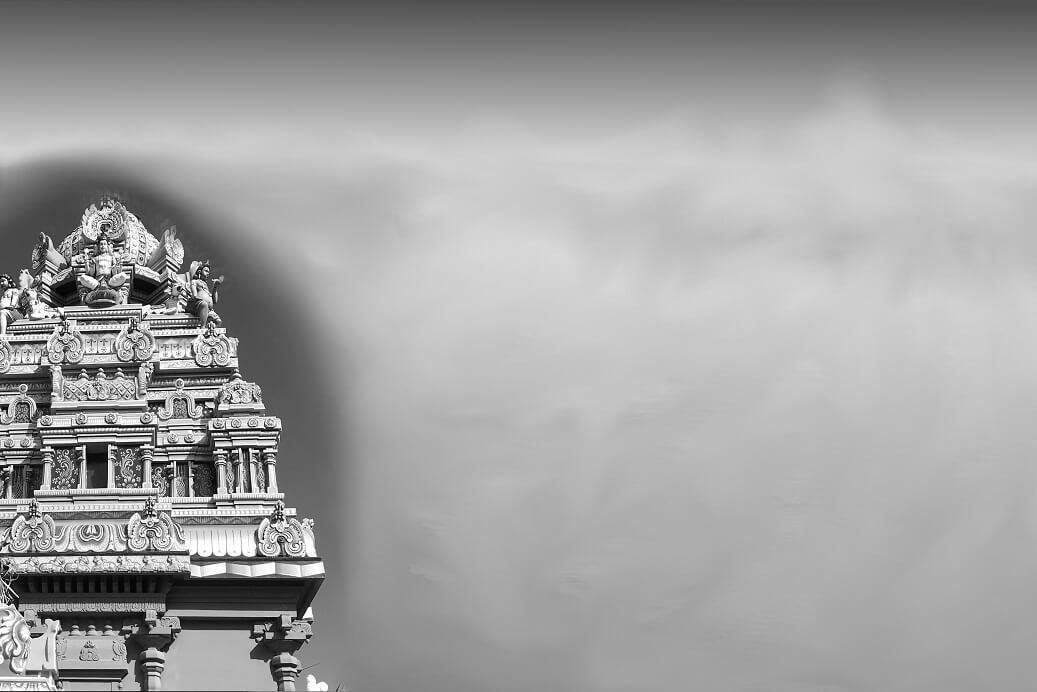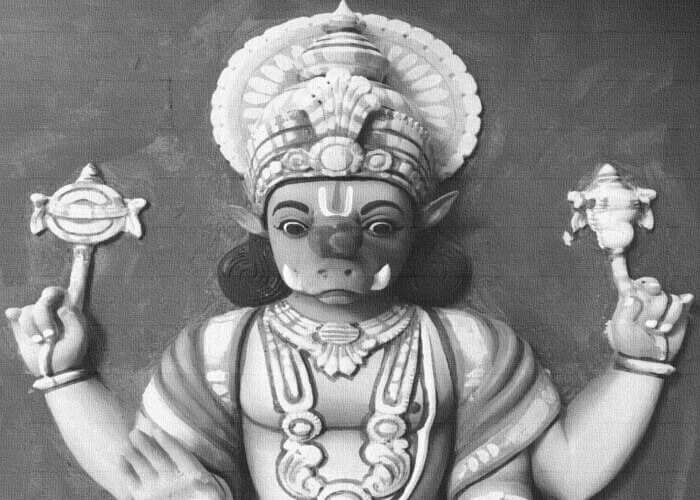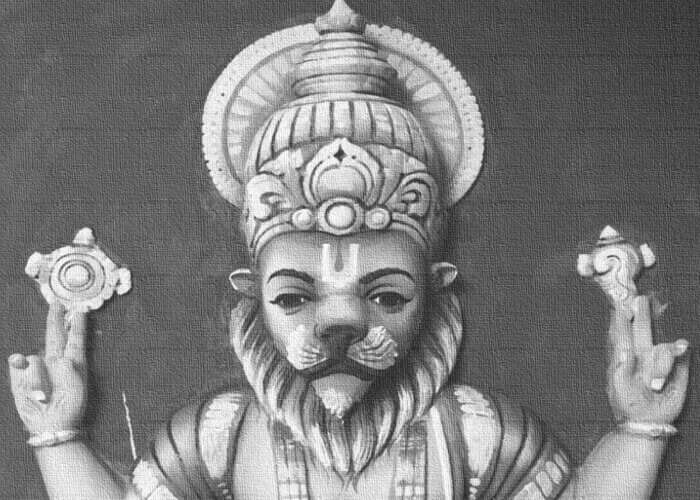The Hierarchy of Aaiyyanism
The Murugan Aaiyyanist religion does not have a set hierarchy/structure that all Aaiyyanists adhere to. There are many different branches of Aaiyyanism - too numerous to mention. This site will only highlight the main branches. Each school/branch of Aaiyyanism can also have multiple subsets and opposing factions. More info can be obtained by contacting the schools themselves (though many choose to remain anonymous).
It must be stated (though each school may be very different in form) Aaiyyanist schools/temple/centres of education teach all branches of Aaiyyanist Hindu thought and have teachers/gurus from all schools in one building/complex. This is to enable the student/adept to gather as much knowledge as possible of all forms of liberation.
Many schools have this general form of hierarchy/structure (except the Abhichaara School and subsets of the other main institutions).
The highest order of each Aaaiyyanist School is The Aaiyyani or Master
(though around 60% of the chamber members are female so the word 'Master' has no underlying meaning as regards to gender).
An Aaiyyani is a realised soul and one who complete control over his or her body, has mastered all forms of
meditation and yogic practises and the various forms of Aaiyyanist magic from one or more schools.
The Aaiyyani can easily be identified by his or her surname (in many instances). A surname of
Ud-Aaiyan (or Udaiyan) is considered as a High Guru with a forename beginning with the English sound "Dhl" as
one who has Aaiyyani/Master status. Though is is not true in all instances. Each school who chooses it may then
forward their appointed Masters to the Aaiyyan Akattuyyan or Chamber. The Chamber or the hidden Siva Temple of Aaiyyan in
Tamil Nadu is a place where one can discuss the finer points of the Hindu Aaiyyanist philosophical system and
religious diktats from the Vedas. Currently there are 632 Aaiyyanis sitting in the chamber
roughly divided between the main schools.
Below the rank of Aaiyyani/Master is the Guru. The Guru is also a realised soul-form but is still mastering the finer
points of Aaiyyanism, Jnana Yoga and the Atharvavedas. Gurus are divided into three subsets: Agra (first/top), Antaraa (middle/within), Muula (root/bottom). It may take several decades to rise up the levels from Muula to Agra having first been initiated as an Agra Swami.
Below the rank of Guru is the Swami or monk teacher. The Swamis role is to teach the teachers/Acharyas,
as well as be involved in monastic life and the daily running of the hidden spiritual monasteries/temples scattered around India and the world.
The Aaiyyanist Swamis are divided into three subsets: Agra (top), Antaraa (middle), Muula (root/bottom). It may take several years to rise up the levels from Muula to Agra.
Usually one attains the lowest level of Swami aged 40 having started training from the age of 25-30.
Below the rank of Swami is the Acharya. The Acharya's role is to teach students and lay people in schools
and in public. These again are divided into three subsets: Agra (top),
Antaraa (middle), Muula (root/bottom). It may take several years to rise up the levels from Muula to Agra.
Usually one attains the lowest level of Acharya aged 20 having started training from the age of 5.
Here is a very short list of the main schools of Aaiyyanism. Many Schools are not on the list as the Schools of Aaiyyanism are too numerous to mention. We at the Aaiyyan Foundation will only list the main strands below:
Aardra School : Roughly translated as the Green/Harita School of Aaiyyanism. This school is mainly interested in Aruvedic medicine, environmental care, using herbs and plants in prayers and invocations as well as plant/tree based Aaiyyanist incantations,enchantments and divination. They are usually found in the countryside in Southern India, either as wandering sannyasin/sannyasini or in ashram complexes.
Aatmaani School : This is the Pure School of Aaiyyanism. These are practitioners of healing magic of all forms as well as divination, exorcism, meditation and Jnana Yoga. They are strict monks and have a set regime of abstinence from sexual relations, certain food types over and above the usual mainstream Aaiyyanist vegetation diet. They live a monastic lifestyle usually in mountainous retreats and in other isolated locations. They believe in the strict observance of Aaiyyanist doctrine.
SainikaH School : This is the martial School of Hindu Aaiyyanism. They specialise in the various forms of Aaiyyanist martial arts, ancient weapons and strategies. Like the Aatmaani/Pure School they are disciplinarians and have a very strict lifestyle. Though they do not specialise in spiritual healing they do practise it and other forms of Aaiyyanist yoga such as plant based healing. Their main focus, however, is control over mind and body using high yogic techniques and studying the Hindu nature of warfare. Many advocates of this school are serving members in the Indian army.
Abhichaara School : Roughly translated as the Magical (Black) school of Aaiyyanism. This is a Tantra school and as such the practitioners eat all forms of meat, drink alcohol as well as take drugs to enhance their spiritual potency. The Abhichaara school teaches their students the boundaries of sexual practice and use a carnal-centered philosophy (Vamamarga) as a means to attain liberation. Practitioners start their training aged 20 after graduating from an Aaiyyanist temple. They have no hierarchy (though some are considered Masters/Gurus by other schools). Usually the High Abhichaara (both male or female) will take one or two disciples and teach them the Tantric nature of liberation for several years. Many of the Aaiyyanist Abhichaara school can be found in the major cities in India and abroad and are usually wandering sannyasin/sannyasini with no fixed location.
Parishaantaa School is the Aaiyyan School of Pacifism and is diametrically opposite to the SainikaH School. They believe in Satyagraha (truth force) and ahimsa (nonviolence). Many practitioners are involved in civil rights struggles in Indian and abroad. They are based throughout the world and also have Schools, Ashrams and temples in India. Swami VenPuravi Aadhavan is the most famous recent exponent of the school.
The VarNa School is interested in beauty, poetry and art and many of it disciples stay in Ashrams to work on paintings and sculptures to be used in other Aaiyyanist temples. They can work on one piece for years and as such are masters of meditation. They also specialise in the healing paintings of Yaruda and other Masters. They also travel to different Aaiyyanist Schools to work on commissioned pieces and thus by their nature have to be non-sectarian and have a working knowledge of all the various Schools theology and rules.
The S'uunya School believe in nothing and the action of nothingness. They are usually already masters in various yogic practises and schools but choose to do nothing as that will empty the shenota-ahankaara (ego void). Many practitioners either exist as solitary hermits or in small groups where they perform no rituals or meditation. They simply exist and try to clear the restful mind with day to day activities with no perceived thoughts on Aaiyyanist Hinduism. They also practise perfecting a yogic form of lucid dreaming and spend the majority of the day resting.
The Kaaryakartaa or Worker School . These Aaiyyanists work in society in normal jobs (mainly as traders and merchants) but also retreat to the Ashram for a few days each month to meditate and engage in the spiritual life. Some work for months and then retreat for months. The arrangement is flexible. These Aaiyyanists usually have large extended families and a rich social network and believe in the yogic practise of action, charity and deeds. Many practising Aaiyyanists are in this school as this is very close to the notion of the Lay Aaiyyanist, i.e. a Hindu Aaiyyanist who engages in the real world but has spirituality ingrained and enshrined into their day to day existence.
Other Schools: There are also many more schools in the Aaiyyanist tradition including The DravyayaGYaaH School who believe in being possessionless, The Pariikshate/Shaastra School of Aaiyyanist Scientists, The Sevaa School who engage in selfless service, etc...
Many schools are also derived from mergers of two or more schools - e.g. The VarNa-Parishaantaa School of Pacifist Artisans. The Aatmaani-Kaaryakartaa School of Pure Workers. And the infamous Abhichaara - SainikaH School.
The Marunatunilam or Holistic School. The Aaiyyan World Foundation has formed a new School: The Marunatunilam School (which roughly translates as the whole worlds: this... and the next one). Everyone who joins the Aaiyyan World Foundation will be a member of this new School. The new Holistic Marunatunilam School will reflect the diversity of our members who follow both Tantric (Abhichaara) and non-tantric paths, as well as those that follow other philosophies such as the Aardra, SainikaH, Aatmaani, Kaaryakartaa and VarNa Schools. To accommodate our various members and their diverse philosophies, we have created a Code for our School, which can be summarized in the Pillars of Brahman. Contact us for more information.



